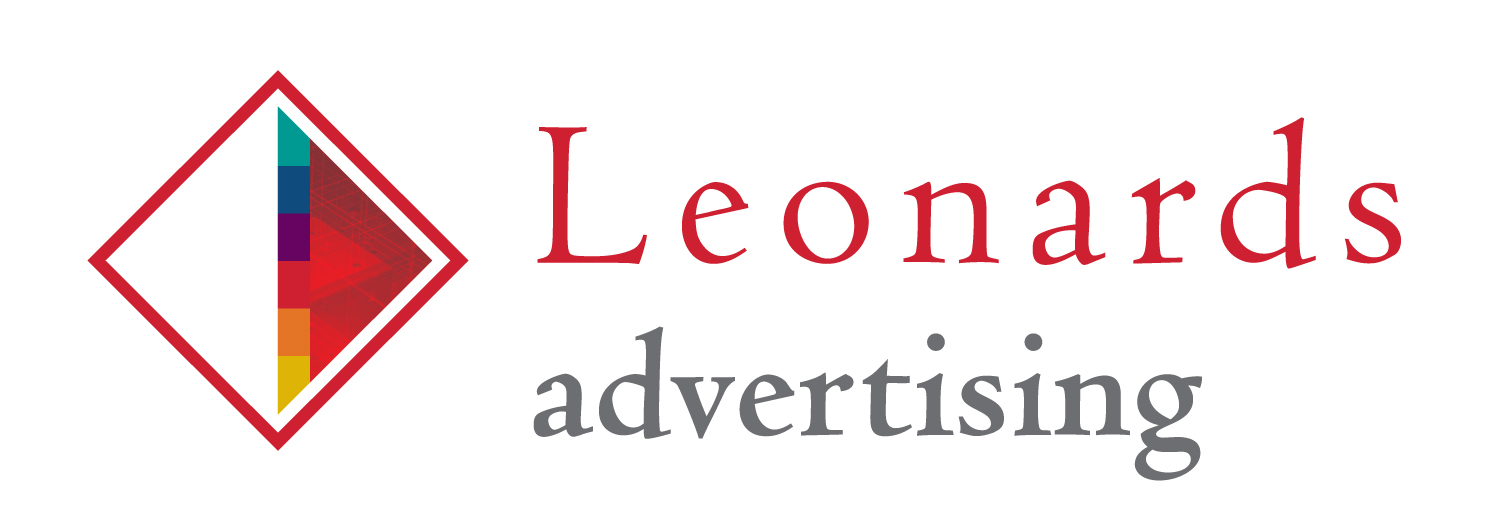Air Intelligence Analyst - Signals Intelligence
Vacancy has expired
National (National) Defence Jobs
| Employer: | Defence Jobs |
| Job Type: | Full Time |
| Salary and Benefits: | To Be Advised |
| Post Date: | 01/01/2019 00:00 |
|
Your analytical abilities will enable you to work with the latest in communications receiving and analysis equipment to meet the intelligence and security needs of this large Australian organisation. Job DetailsOther Ranks (Non Technical)An Air Intelligence Analyst (AIA) Mustering, Signals Intelligence (SIGINT) stream member is part of the Air Force’s Aerospace Intelligence Employment Group and is employed in the sensitive and highly challenging field of SIGINT. This domain incorporates both the Electronic Intelligence (ELINT) and Technical Signals (TECHSIGS) Analysis. ELINT is the analysis of non-communications emissions such as radars and TECHSIGS is the analysis of machine-generated communications. After initial training, the main duties are to collect, analyse and disseminate SIGINT information. The AIA (SIGINT) (previously called Signals Operator Technical) is required to identify and record selected electronic emissions and/or technical signals and report on the technical parameters of those transmissions. After Initial Employment Training you will likely be posted to the Joint Electronic Warfare Operational Support Unit (JEWOSU) at RAAF Edinburgh in Adelaide or the Defence Signals Directorate (DSD) in Canberra, however you may be posted to another locality to satisfy Service requirements at that time. An AIA (SIGINT) must have a high level of written and oral communications skills, be able to think objectively, perform well under pressure and have strength of conviction. AIA (SIGINT)s must demonstrate high levels of integrity and be able to foster confidence and trust in their abilities and decisions. AIA (SIGINT)s must also have a well-developed analytical approach, with the ability to think logically and laterally to solve problems. A positive and responsible attitude is essential to handling classified material as well as a commitment to protecting information sensitive to national interests. In deployed and non-deployed environments, AIA (SIGINT)s will operate as part of a team or in some cases will be the only intelligence member within the team. AIA (SIGINT)s are information collectors, processors and managers and must be competent in the use of information technology systems and be willing to rapidly assimilate and adapt to newly introduced technology. AIA (SIGINT)s will learn research and analysis techniques and be able to put them into practice. These include using spreadsheets, graphs and charts that may be used to display complex information. Employment conditions vary from non-deployed environments but typically, the majority of the AIA (SIGINT) duties are performed in air-conditioned offices or transportable cabins. Due to security requirements most work areas are windowless environments and most work utilises computer work stations. Some workplaces require shiftwork and odd work hours may also occur during major exercises or extended operations. Personnel supporting flying operations may deploy to remote locations at short notice. All members of the AIA (SIGINT) stream should expect temporary duties to any location for exercise, specialist training courses or reinforce other units on deployment. IMPORTANT INFORMATION Air Force’s Intelligence workforce has recently reformed. The employment of Intelligence trained airmen and airwomen has diversified over recent years in support of a growing Intelligence Surveillance and Reconnaissance (ISR) capability. Remotely Piloted Vehicles and other ISR assets have resulted in an increased demand for qualified Intelligence Analysts. The AIA mustering offers greater job diversification for all personnel; permitting employment as a specialist, for example Signals Intelligence, Operational Intelligence or Geospatial Intelligence, as well as using your analytical skills as a key member of broader Intelligence teams. As an AIA you can expect to be a key contributor to the operational support of Air Force assets, this will include deployments as part of a Multi-Intelligence workforce. Most AIAs can expect to be qualified and capable of deployed operations within two years of graduation. | |
















